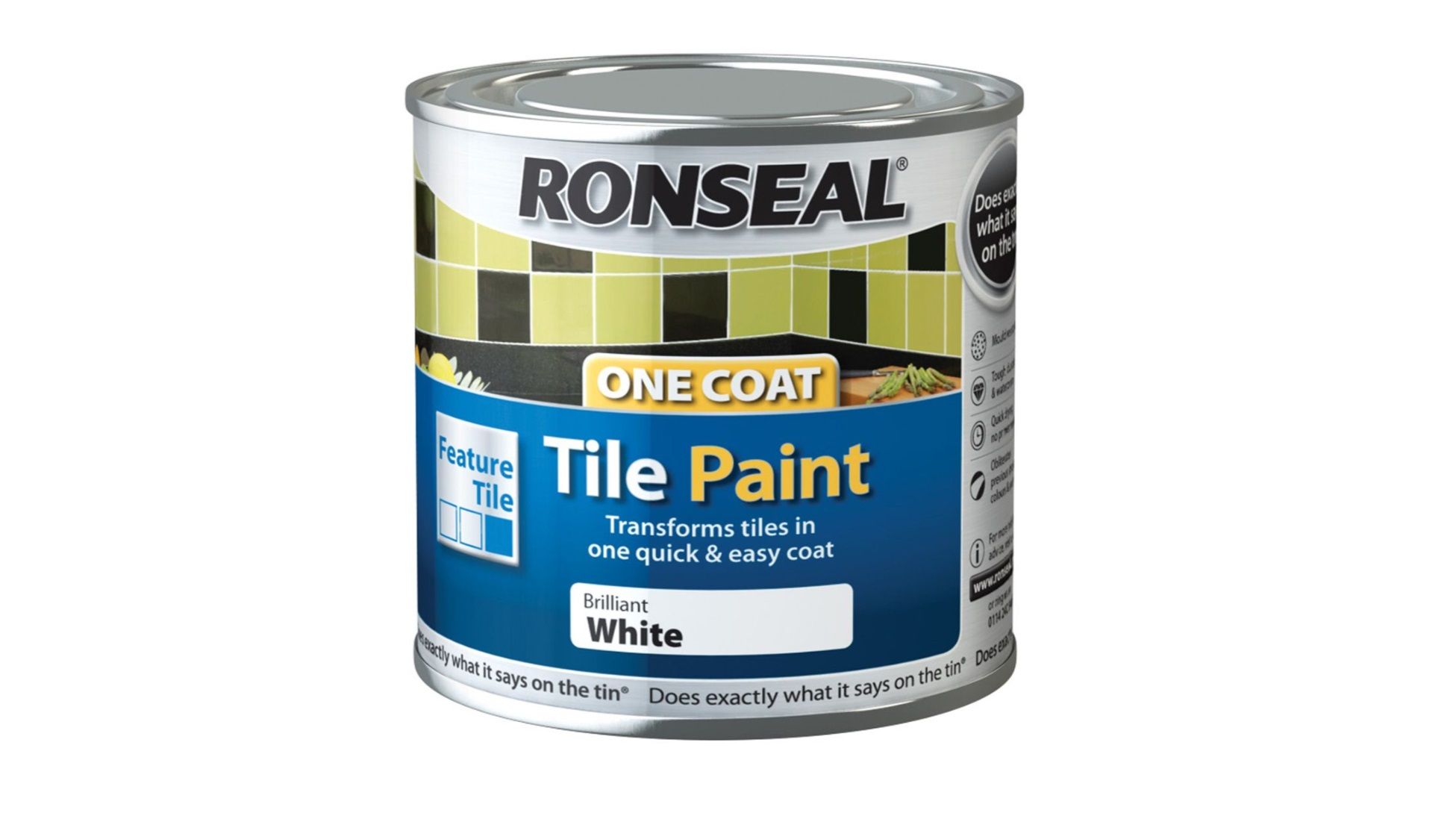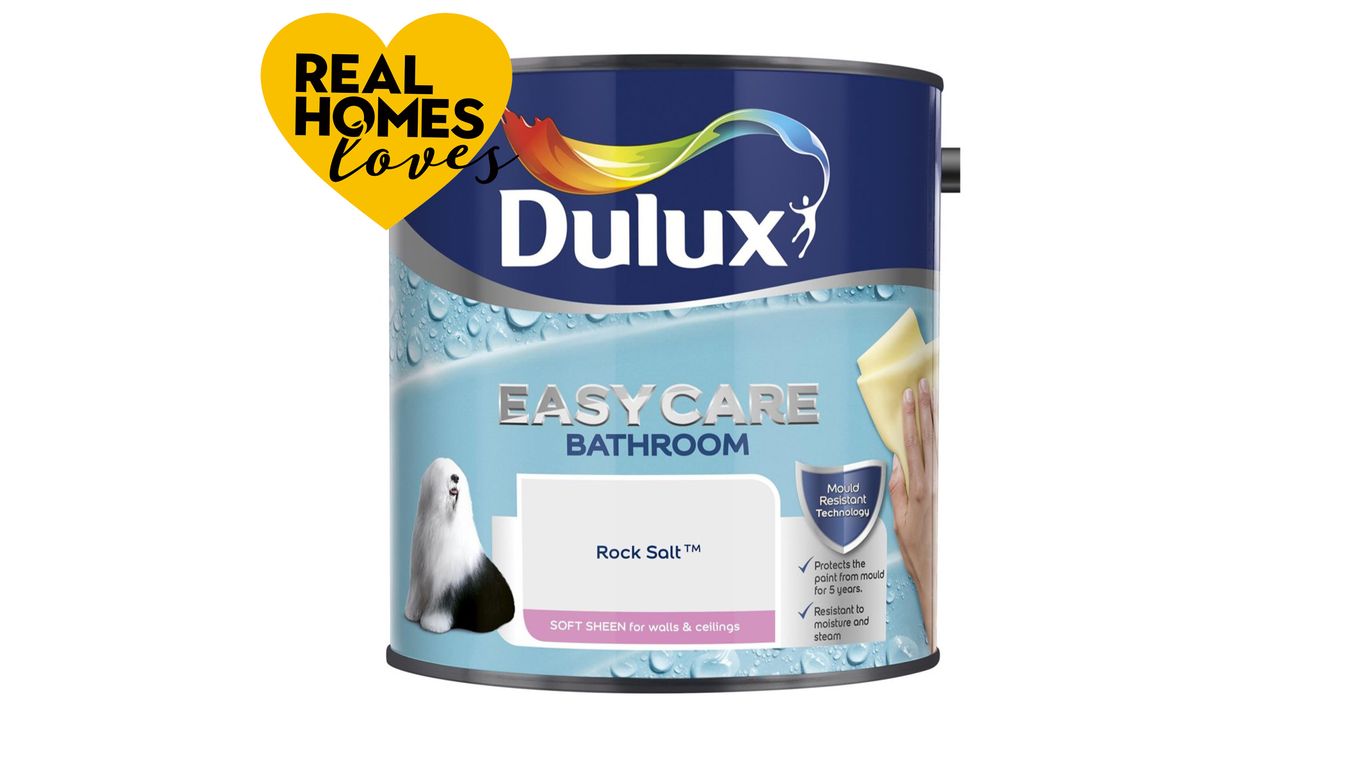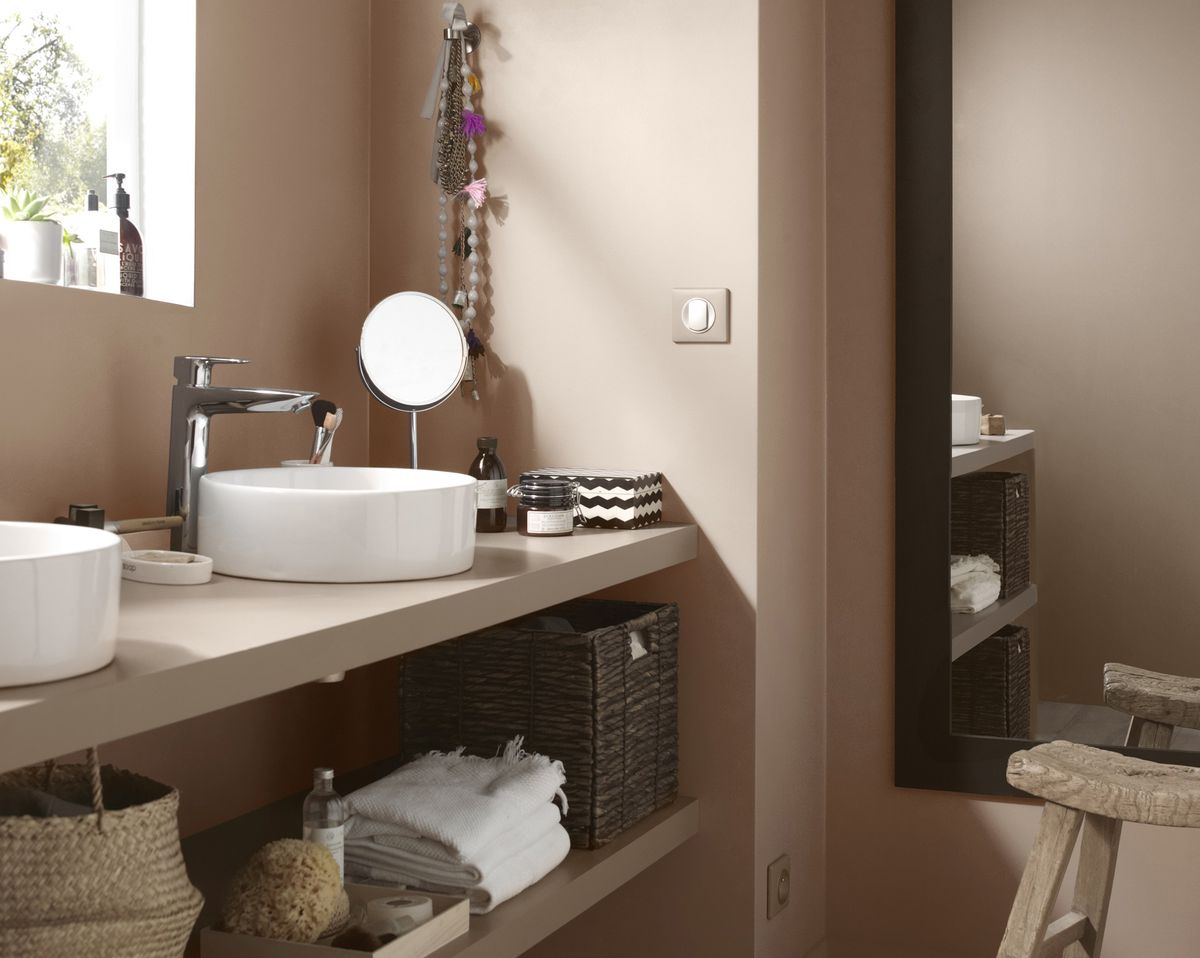Understanding Bathroom Moisture and Its Impact on Paint

Bathrooms are inherently humid environments due to the presence of water sources like showers, baths, and sinks. This constant exposure to moisture can significantly impact the longevity and appearance of paint, leading to various issues if not addressed properly.
Sources of Moisture in Bathrooms
Bathrooms are prone to high levels of moisture due to the frequent use of water. The primary sources of moisture include:
- Showers and Baths: The steam generated during showers and baths significantly increases humidity levels, saturating the air with water vapor.
- Sinks: Even routine handwashing and brushing teeth contribute to moisture buildup, especially when not adequately dried.
- Humidity: Bathrooms often lack proper ventilation, trapping moisture within the space and creating a conducive environment for mold growth.
Effects of Moisture on Paint
Moisture has a detrimental effect on paint, causing various issues that compromise the aesthetics and structural integrity of bathroom walls.
- Peeling and Cracking: Moisture can penetrate the paint layers, causing them to expand and contract. This repeated expansion and contraction can lead to peeling and cracking of the paint, exposing the underlying surface.
- Mold Growth: Bathrooms with high humidity levels are susceptible to mold growth. Mold thrives in damp environments, and its spores can readily attach to paint surfaces, creating unsightly black or green patches.
- Discoloration: Moisture can cause discoloration of paint, particularly in areas with poor ventilation. This discoloration can make the walls appear dull and faded, impacting the overall aesthetics of the bathroom.
Importance of Moisture-Resistant Paint for Bathrooms
Choosing moisture-resistant paint is crucial for bathrooms to protect against the damaging effects of humidity. Moisture-resistant paints are specifically formulated to withstand the harsh conditions found in bathrooms, providing several benefits:
- Enhanced Durability: These paints are designed to resist moisture penetration, preventing peeling, cracking, and other damage caused by humidity.
- Mold and Mildew Resistance: Moisture-resistant paints often contain anti-fungal agents that inhibit mold and mildew growth, keeping bathroom walls clean and healthy.
- Long-Lasting Finish: These paints are formulated to provide a durable and long-lasting finish, reducing the need for frequent repainting and saving you time and money in the long run.
Types of Paint Best Suited for Bathroom Environments: Best Bathroom Paint For Moisture

Choosing the right paint for your bathroom is crucial for ensuring its longevity and aesthetic appeal. Bathroom environments are prone to high moisture levels, making it essential to select paints specifically designed to withstand these conditions. This section will explore different types of paint suitable for bathrooms, highlighting their advantages and disadvantages.
Acrylic Latex Paint
Acrylic latex paint is a popular choice for bathrooms due to its versatility and durability. This type of paint is water-based, making it easy to apply and clean up. Acrylic latex paint is known for its excellent adhesion to various surfaces, including drywall, plaster, and even wood.
Here are the key advantages of acrylic latex paint for bathrooms:
- Moisture Resistance: Acrylic latex paint forms a durable film that resists moisture penetration, making it ideal for humid environments like bathrooms.
- Easy Application: Its water-based formula allows for easy application with brushes or rollers, making it a user-friendly option for DIY projects.
- Durability: Acrylic latex paint is known for its durability and resistance to mildew and mold growth, ensuring long-lasting protection.
- Low VOCs: Many acrylic latex paints are low in volatile organic compounds (VOCs), making them a healthier choice for indoor environments.
However, acrylic latex paint also has some drawbacks:
- Less Moisture Resistance than Epoxy: While acrylic latex paint offers good moisture resistance, it may not be as suitable for areas with constant exposure to water, such as shower stalls or tubs.
- Susceptible to Scratches: Acrylic latex paint can be prone to scratches, especially in high-traffic areas.
Epoxy Paint, Best bathroom paint for moisture
Epoxy paint is a highly durable and moisture-resistant option for bathrooms. It is a two-part paint system that combines a resin and a hardener, creating a strong, chemical-resistant coating. Epoxy paint is often used in industrial settings due to its exceptional durability, but it is also gaining popularity in residential bathrooms for its moisture resistance and ease of cleaning.
Here are the key advantages of epoxy paint for bathrooms:
- Exceptional Moisture Resistance: Epoxy paint forms a hard, non-porous surface that is highly resistant to water, making it ideal for areas with frequent water exposure.
- Durability: Epoxy paint is extremely durable and resistant to scratches, abrasions, and chemicals, making it a long-lasting choice for bathrooms.
- Easy Cleaning: The smooth, non-porous surface of epoxy paint makes it easy to clean and maintain, preventing the growth of mold and mildew.
While epoxy paint offers significant advantages, it also has some disadvantages:
- Difficult Application: Epoxy paint requires a specialized application process, including proper mixing and preparation, which can be challenging for DIY projects.
- Limited Color Options: Epoxy paint is typically available in a limited range of colors, which may not suit all design preferences.
- High Cost: Epoxy paint is generally more expensive than acrylic latex paint.
Oil-Based Paint
Oil-based paint is another option for bathrooms, although it is less common than acrylic latex or epoxy paint. Oil-based paint is known for its durability and moisture resistance, but it also has some drawbacks.
Here are the key advantages of oil-based paint for bathrooms:
- Durability: Oil-based paint is known for its durability and resistance to moisture, making it a suitable option for bathrooms.
- Easy Cleaning: Oil-based paint forms a smooth, washable surface that is easy to clean and maintain.
However, oil-based paint also has some drawbacks:
- Long Drying Time: Oil-based paint takes longer to dry than acrylic latex paint, which can be inconvenient for bathroom projects.
- Strong Odor: Oil-based paint emits a strong odor during application and drying, which can be unpleasant in a confined space like a bathroom.
- Difficult Cleanup: Oil-based paint requires the use of solvents for cleanup, which can be messy and time-consuming.
- Higher VOCs: Oil-based paints typically contain higher levels of VOCs than acrylic latex paints, making them less environmentally friendly.
Comparison of Paint Types
The following table summarizes the key characteristics of each paint type, including its moisture resistance rating, drying time, and suitability for different bathroom surfaces:
| Paint Type | Moisture Resistance Rating | Drying Time | Suitability for Different Surfaces |
|---|---|---|---|
| Acrylic Latex | Good | 1-2 hours | Drywall, plaster, wood, tile |
| Epoxy | Excellent | 24-48 hours | Concrete, tile, metal |
| Oil-Based | Good | 8-24 hours | Drywall, plaster, wood, tile |
Factors to Consider When Choosing Bathroom Paint

Choosing the right paint for your bathroom is crucial for creating a beautiful and functional space. However, it’s not just about aesthetics; you need to consider factors that will ensure the paint lasts and performs well in the unique environment of a bathroom.
The Importance of Bathroom-Specific Needs
Understanding the specific needs of your bathroom is essential for selecting the most suitable paint. Factors like size, ventilation, and frequency of use all play a role in determining the type of paint that will perform best.
For example, a small bathroom with limited ventilation will require a paint with high moisture resistance and mildew-resistant properties. In contrast, a large bathroom with good ventilation may be able to handle a less specialized paint.
Recommended Paint Types for Different Bathroom Scenarios
| Bathroom Scenario | Recommended Paint Type |
|---|---|
| Small bathroom with limited ventilation | Acrylic latex paint with mildewcide |
| Large bathroom with high humidity | Epoxy paint or moisture-resistant acrylic latex paint |
| Bathroom with specific design requirements (e.g., high-gloss finish) | Epoxy paint or specialized bathroom paint with the desired finish |
Additional Factors to Consider When Choosing Bathroom Paint
Beyond the type of paint, there are other factors to consider that will affect the overall performance and aesthetics of your bathroom:
- Color: Light colors can make a small bathroom feel larger, while darker colors can create a more intimate atmosphere. Consider the natural light in your bathroom and the overall design aesthetic when choosing a color.
- Sheen: The sheen of the paint refers to its level of glossiness. A high-gloss sheen is more durable and easier to clean, while a matte sheen provides a more subtle look. For bathrooms, a semi-gloss or satin sheen is generally recommended as it offers a good balance of durability and aesthetics.
- VOC Content: Volatile organic compounds (VOCs) are chemicals that can be released into the air from paint. Choosing a low-VOC paint is essential for creating a healthy indoor environment, especially in a bathroom where humidity can trap these chemicals.